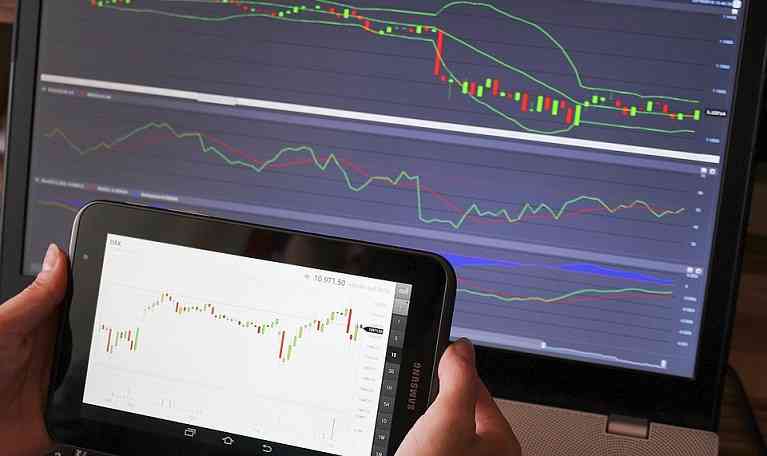The foreign exchange market has become one of the most fashionable markets for retail traders in less than 20 years. Go to Google’s app store or iPhone’s app store and you’ll find hundreds of forex trading apps that promise wealth and riches if you download their app and start trading currencies today. But, is it really that simple? Why have traders of all classes and experience levels been flocking to this market?

It Is Quite Easy to Get Started
Unlike trading on many other markets, you don’t need to be rich or a genius to get in and get started. Most forex brokers (this includes DIY forex trading sites) only require a small deposit – usually no more than $100. Many of the forex trading sites offer offline and online dashboards for trading in real-time making forex trading for beginners easier.
Furthermore, most online forex trading brokers allow you to use a dummy account in order to test your skills before you actually jump in head first and start trading real currencies. When you use the dummy accounts, you can play around with any number of fake cash you choose, as well as play around with different ratios to see which one best the amount of risk you are willing to put forth. More on that later.
The Forex Market Is the Easiest Market for Beginners
The best way to understand how to trade on the Forex market is to follow how bankers trade. Even though bank traders comprise 5 percent of Forex traders, they actually make up the largest portion of traders on the Forex market at 92 percent.
That is a huge percentage compared to the number of actual bankers trading Forex. If you don’t know or understand from the very beginning how bankers trade, then you are already behind the game.
The myth that should be busted before we continue on with this topic is that institutional Forex traders aren’t sitting in their office making proprietary trading decisions all day. The fact of the matter is, most of the time they are making transactions for their customers. This is what bankers call “clearing the flow.” Even though these guys perform thousands of trades a day doesn’t mean even one of these is for their own proprietary book.
This means that traders who work for banks are not sitting around making random trades (scalping) at an attempt to make their budgets. These people are very calculated in the kind of approach they execute and only make a trade decision when all of the cards are in line both technically and fundamentally.
Technically speaking, analysing the market is very, very simple. This is why it is so popular. There is absolutely no need to have your charts littered with mathematical indicators. For the most part, the indicators will have an astounding three to four hour lag time and most often than not contradict each other. Using these types of tools is needless and will only cause you to lose a lot of money down the road.
Nevertheless, indicators are not totally worthless with the right person looking at them. Mostly, they are used to see where the market could end up going in the long term. But Forex traders working for the banks don’t really use them, and you won’t ever really see them in their charts.
It is all about very simple support and resistance. Get rid of the clutter and useless tools that will cloud your judgement. All you have to do is keep it simple and highlight the key levels.
There is no reason to get into the intricate details in this article (such as where they actually enter the market), but just remember this: as a beginner, how these guys do things is most likely not anywhere close to how you figure it. As for trendlines, they are only to give you an idea of where the key support and resistance is.
How to Make Money Trading Forex – for Real
The root of their trading decisions lies within economic fundamentals. These fundamentals that act as the backdrop for the market comprise six primary influencers:
- Differentials in Inflation
- Differentials in Interest Rates
- Current-Account Deficits
- Public Debt
- Terms of Trade
- Political Stability and Economic Performance
Take number six as an example. If there is a political situation countering the central bank announcements, then the director of the currency can be kind of disjointed. This can cause some confusion in the minds of new Forex traders. The best case scenario is when political issues and formulated central bank policies are in line with each other, and it shows in the economic data. This is where we begin to see a pure currency direction, and this is what bank traders are waiting for.
It can take years to master the extremely complex fundamental aspects of the market. This is why it’s important to take some classes, join workshops, watch some good videos on YouTube from well-known Forex traders and never stop studying. It is important that you have an okay understanding of each area. If you understand these six fundamental areas, then you are ready for a long-term rate of success trading currencies on the Forex market.